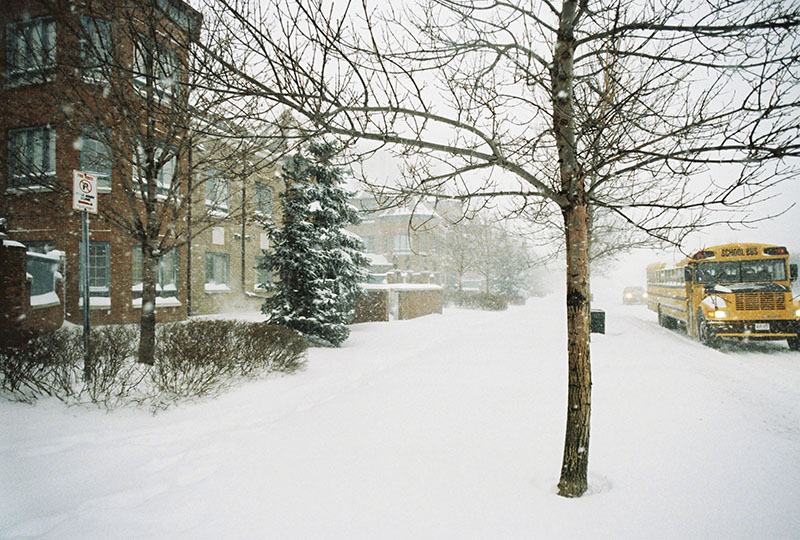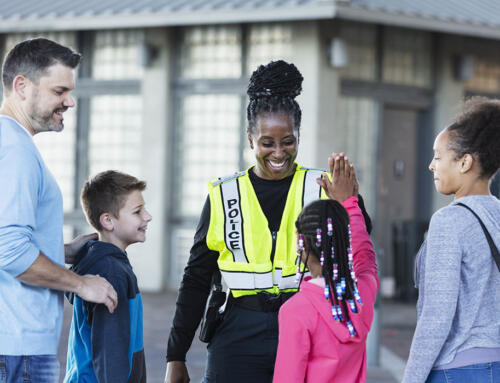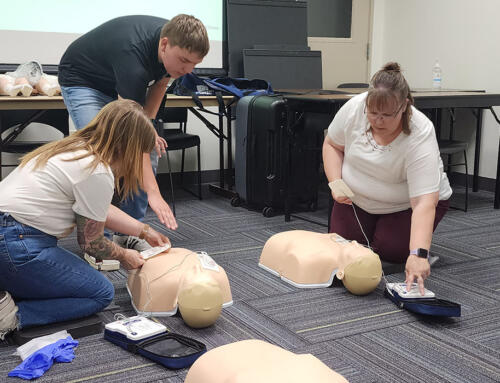Winter will be here soon.
Now is the time to begin preparing your school buildings to protect them during harsh weather conditions.
- Have emergency telephone numbers readily available.
- Visually Inspect exposed plumbing to check for leaks and potential cold spots. It may also be helpful to leave the cabinets under sinks open, especially on exterior walls, to allow warm air to circulate around the pipes.
- Insulate pipes exposed to the weather. Replace any damaged insulation.
- Check doors, windows, skylights and other openings regularly to be sure they stay weather-tight.
- Seal off crawl spaces and attics. This will prevent the air in these areas from cooling below freezing, protecting any pipes that might run through them.
- Inspect outside dampers for correct operation.
- Inspect the roof and remove debris from drains, scuppers, gutters and downspouts.
- Check exterior walls for leaks, stains, and cracks. Seal any openings that you find.
- Check ceiling and interior walls for leaks. Seal all roof leaks before the weather gets too bad.
- Check the roof deck and fascia/coping for any signs of deterioration.
- Winterize outside faucets; take hoses off, and consider using insulating covers.
- Check HVAC ductwork, housings, condensation lines and pipes.
- Test the heating system before the cold weather arrives.
- Winterize sprinkler systems according to the manufacturer’s recommendations. Blowing out excess water with a compressor may be the best way to prevent frozen and broken pipes.
- Keep fire hydrants and fire protection control valves clear of snow and other obstacles.
- Move equipment away from areas that are susceptible to flooding.
- Maintain a temperature of at least 40 degrees Fahrenheit at all times around wet pipe sprinkler systems and the pump houses of dry sprinkler systems.
- If you have a backup generator, test it to be sure it works properly.
- Check and re-stock building and vehicle emergency kits, if necessary.
- Have gloves, hats, flashlights, emergency blankets, shovels, window scrapers and an ice melt product available.
- Know how to turn off the water supply if a pipe bursts. Quick action can minimize damage.
- Never try to thaw a pipe with a torch or other open flame.
- Schedule regular building checks during storms and cold weather to prevent frozen pipes, vandalism or fire.
- After a freeze, inspect for and repair cracks in pipes to prevent water damage.





 ESD 112 equalizes educational opportunities for learning communities through innovative partnerships, responsive leadership, and exceptional programs.
ESD 112 equalizes educational opportunities for learning communities through innovative partnerships, responsive leadership, and exceptional programs.